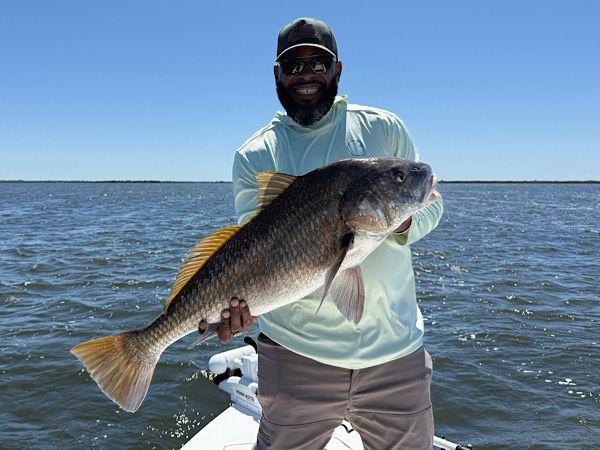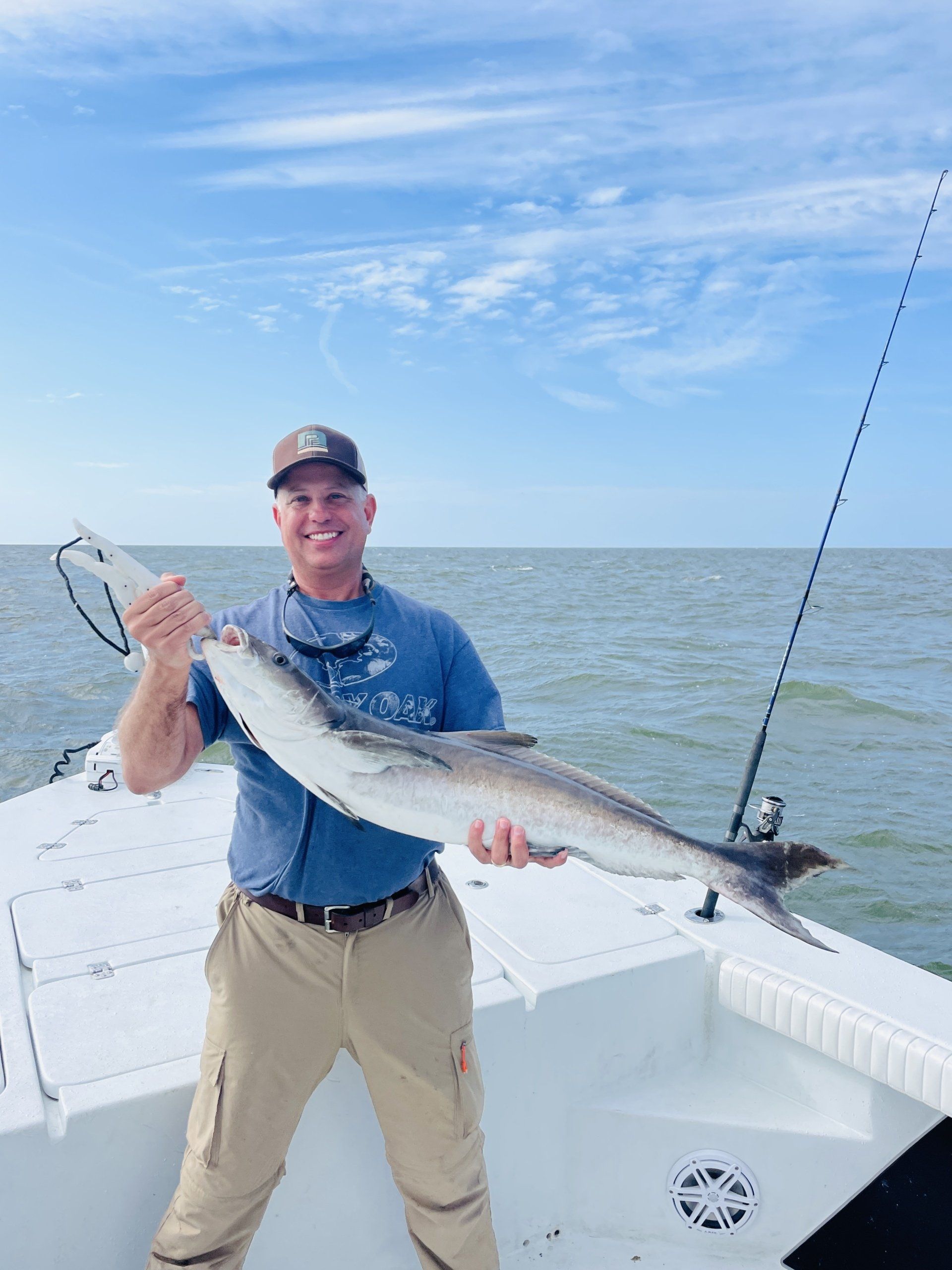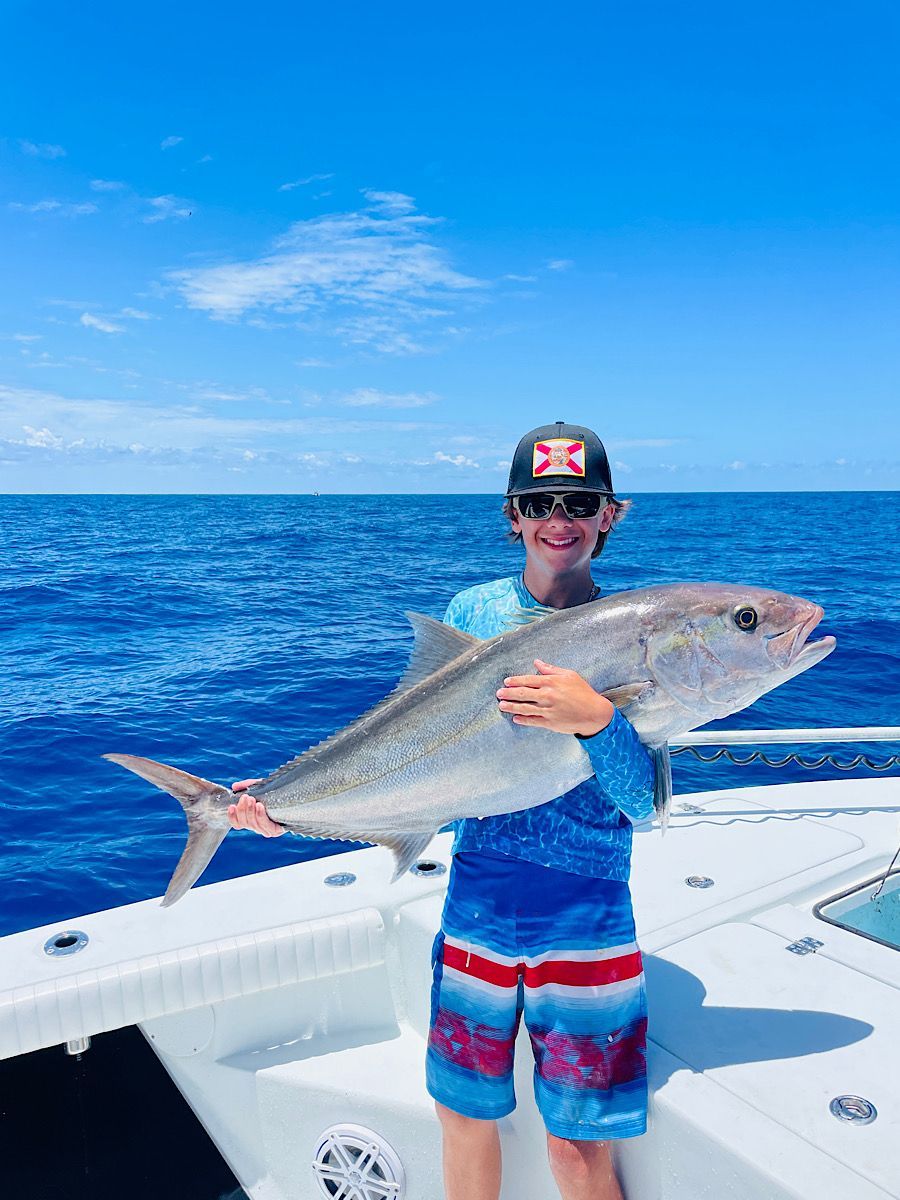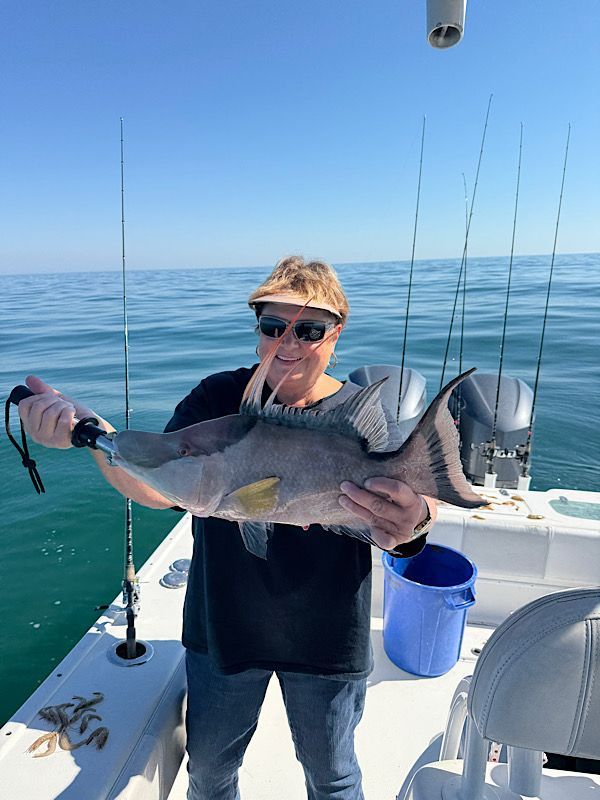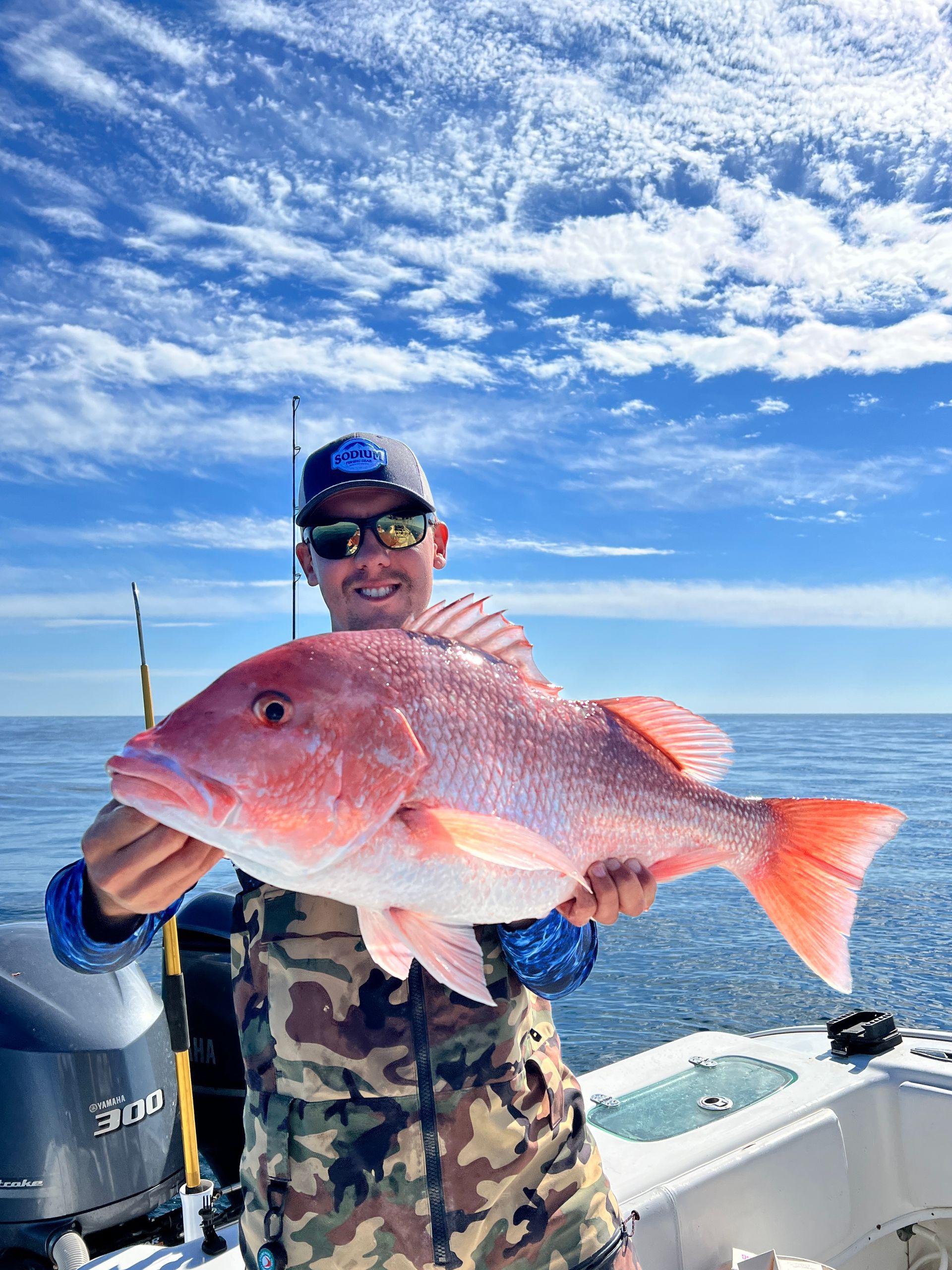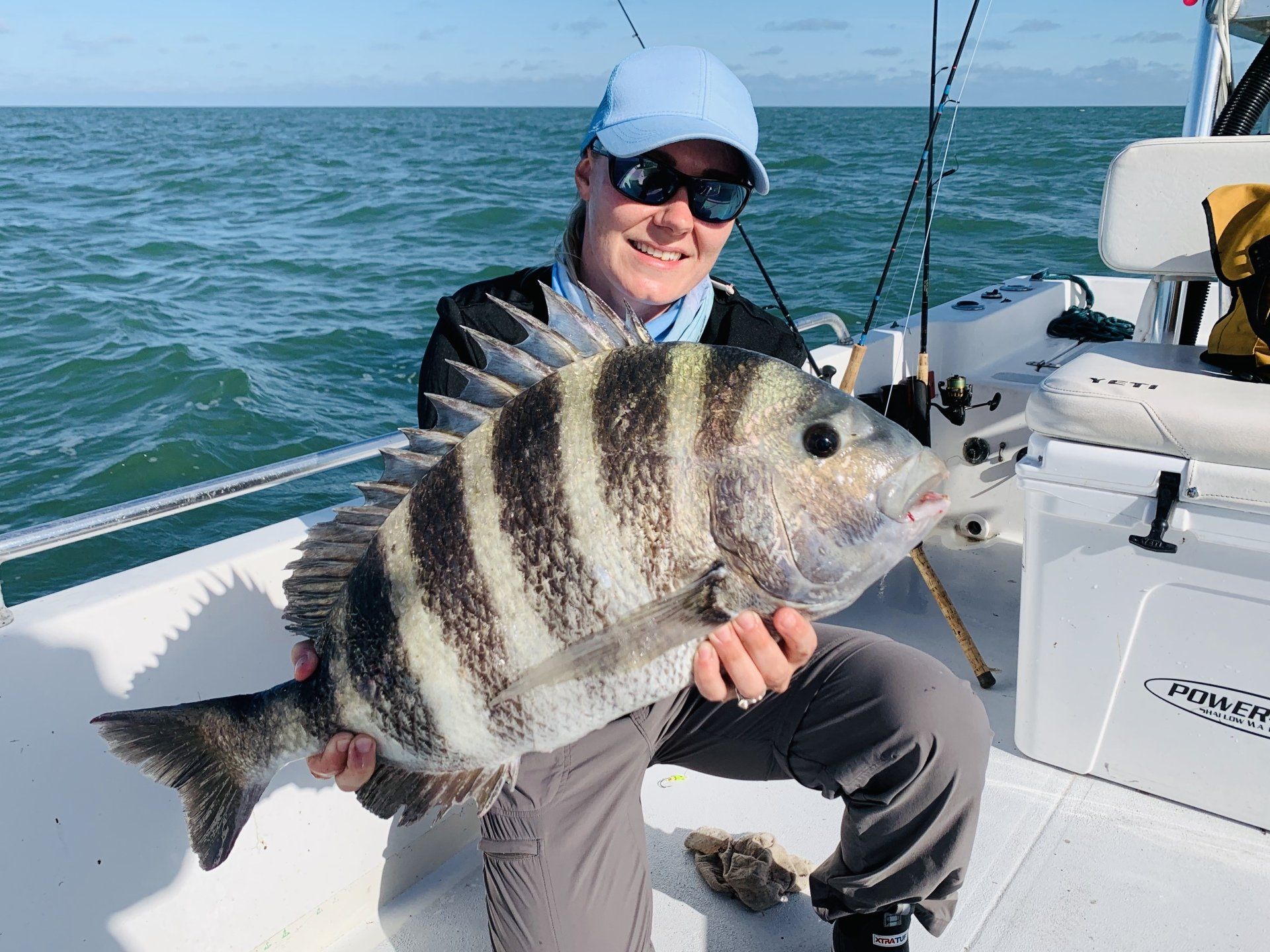2025 Scalloping in Florida - When, Where, & How To
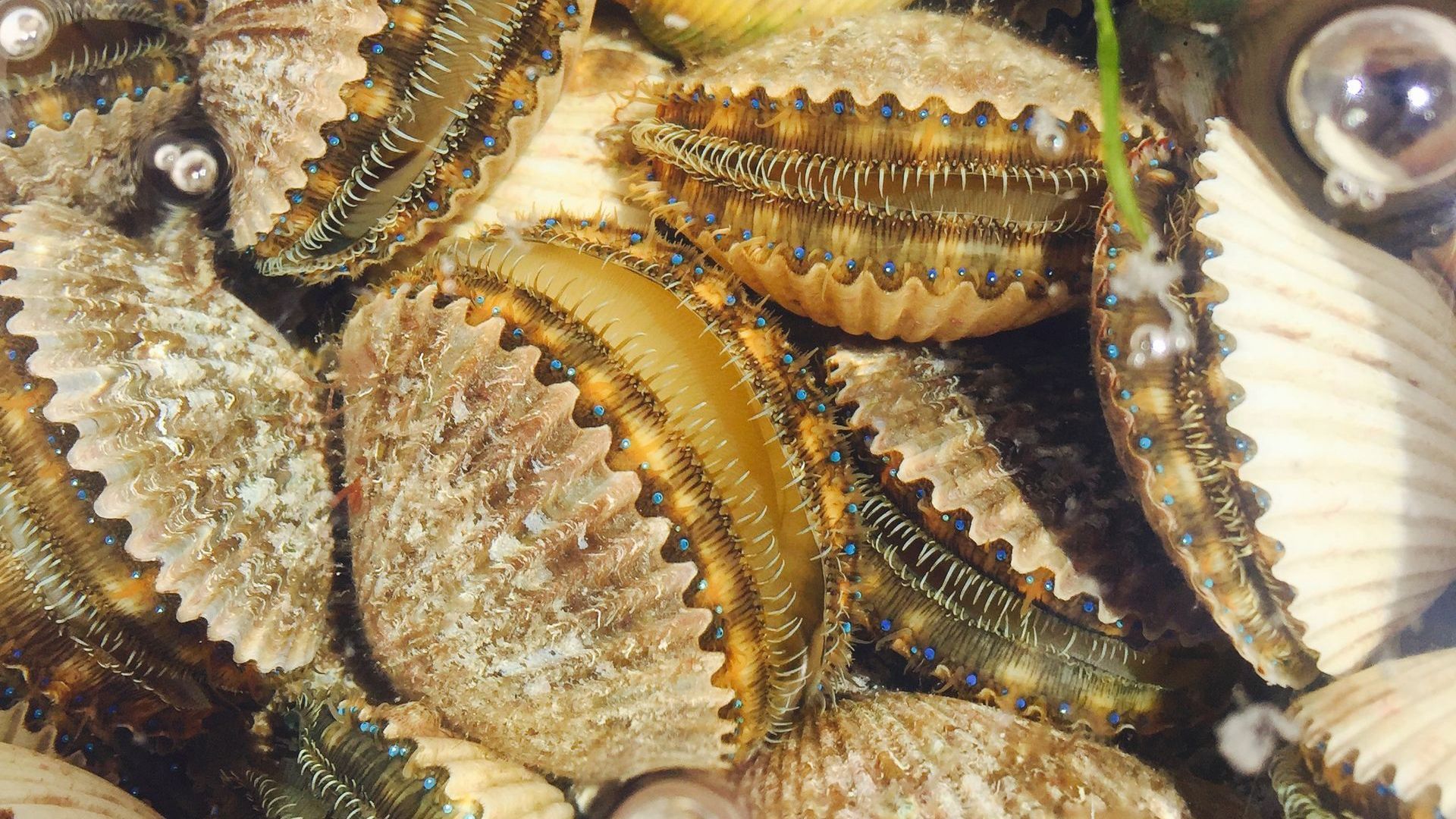
The Scalloping Season: When and Where
Every year, from early July to late September, Crystal River scallop central for scallop enthusiasts. This period marks the official scalloping season, a time when people from all walks of life gather to explore the crystal-clear waters and hunt for these delectable treasures. Crystal River's unique ecosystem provides an ideal habitat for scallops, with its seagrass beds and gentle currents creating the perfect environment for these mollusks to thrive. There are two primary types of seagrass in the scallop grounds. Turtle grass & manatee grass. The wide blade turtle grass is where the juvenile scallops attach themselves to as they grow. It can be hard to look through when the tide is really strong but this is prime bay scallop habitat. Really thin manatee grass is really easy to see through but generally there isn't a surplus of scallops there. You can find more information on grass bed types here.
When planning your scalloping adventure, it's a good idea to keep an eye on the season's official start and end dates, as they may vary slightly from year to year. Local agencies like the FWC closely monitor water quality and manage the scallop population to ensure its sustainability. These
regulations are usually posted by January.
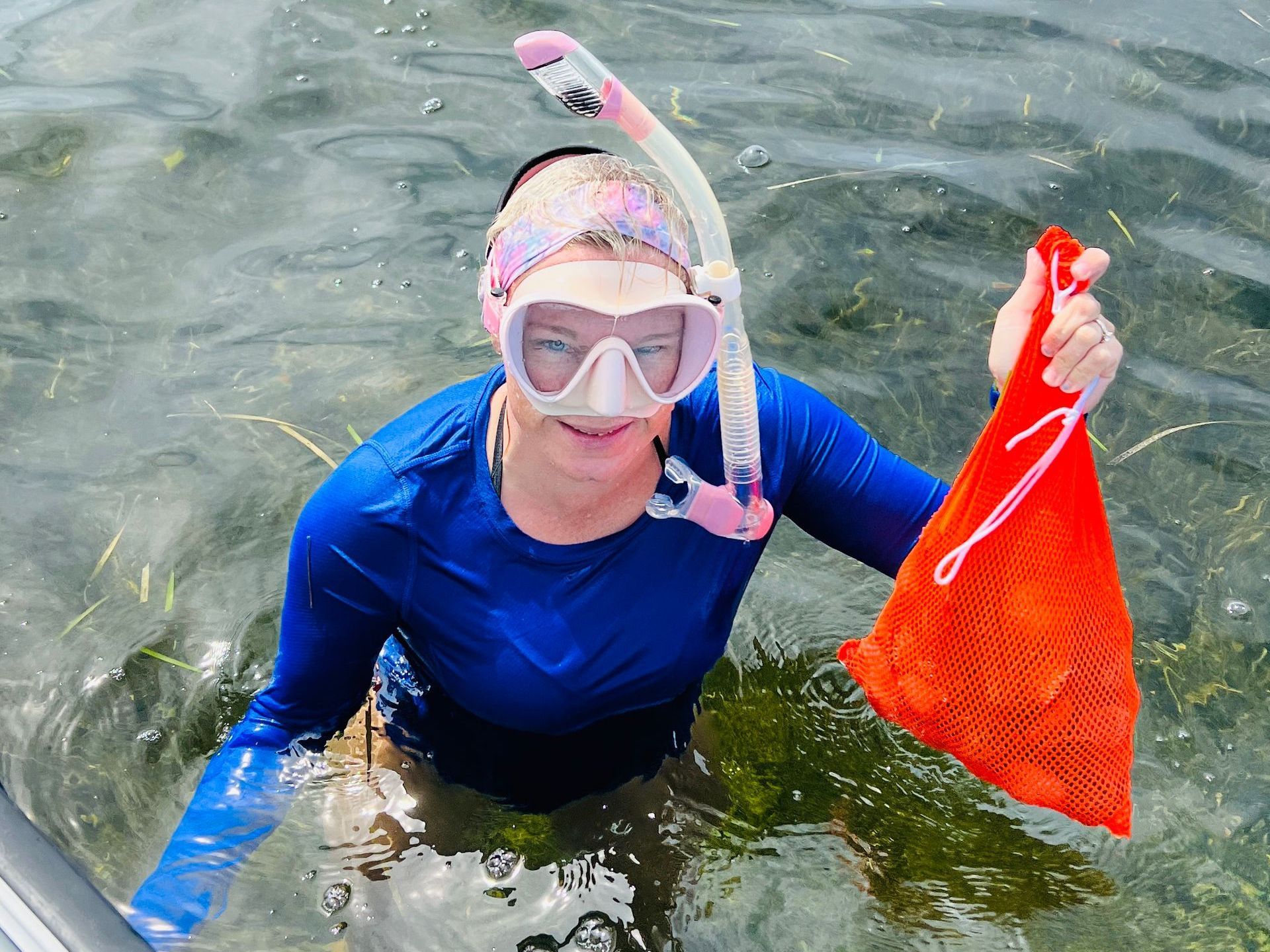
Catch Limits: Harvesting Responsibly
While the appeal of scalloping is undeniable, it's equally important to approach this activity with a strong sense of responsibility and environmental stewardship. To maintain a healthy scallop population and protect the delicate balance of Crystal River's aquatic ecosystem, there are strict catch limits in place.
As of the latest update, the current daily bag limit for scallops is two gallons of whole scallops per person, with a maximum of ten gallons per vessel. This regulation is designed to prevent overharvesting and ensure that scallop populations remain robust and sustainable. Before embarking on your scalloping trip, it's wise to double-check these limits with local agencies or charter operators, as regulations may change over time. Luckily at High Octane Charters we stay on top of all regulations for our area to allow guests to focus on their time on the water and not measurements of their catch.
Scalloping Techniques: Tips for a Successful Adventure
Scalloping may seem like a straightforward activity, but mastering the art of scallop hunting requires a blend of skill, patience, and a bit of know-how. Here are some tried-and-true techniques to enhance your scalloping adventure: While scallop fishermen can attempt to harvest from shore with a long rake, a majority of scallops will be farther from the daily beach activity.
Snorkeling Essentials: To explore the underwater world of scallops, a snorkel, mask, and fins are your best friends: but don’t forget a dive flag and a fishing license. Both are required for safety and per the law. These tools allow you to navigate the seagrass beds and shallow waters where scallops are commonly found. A good guide will have all of these tools available, but double check especially if you have a mask or flippers that are fit to your head and feet.
- The "Swish and Scoop": The swish-and-scoop technique is a classic move among seasoned scallop fishermen. Glide your hand gently through the water, creating a subtle disturbance. As the scallops react to the movement, they will open their shells slightly, making them easier to spot. Swiftly scoop them up and place them in your mesh bag.
- Stay Low and Go Slow: Scallops are masters of camouflage, often blending seamlessly with their surroundings. To spot them, keep your eyes peeled to the seagrass and move at a leisurely pace. Patience pays off when you spot that telltale flash of blue.
- Don’t be Afraid to Swim: Cover ground. With a dive flag up you have 300’ around the boat to swim so use it! swim with the tide, you will use less energy and be able to spot the scallops better.
- Respect the Environment: While scalloping, remember that you're a guest in the scallops' natural habitat. Handle them gently, avoid disturbing the seagrass, and refrain from collecting scallops that are too small or damaged.
- Safety First: Before heading out on your adventure, familiarize yourself with local regulations, potential hazards, and safe boating practices. Sunscreen, hats, and plenty of water are essential for a comfortable day on the water. When booking a guide make sure that they too understand the local regulations and provide necessary safety equipment that we all hope to never use. The High Octane is stocked with all of the latest USCG required safety equipment as well as state of the art electronics to find and stay on the (shell)fish.
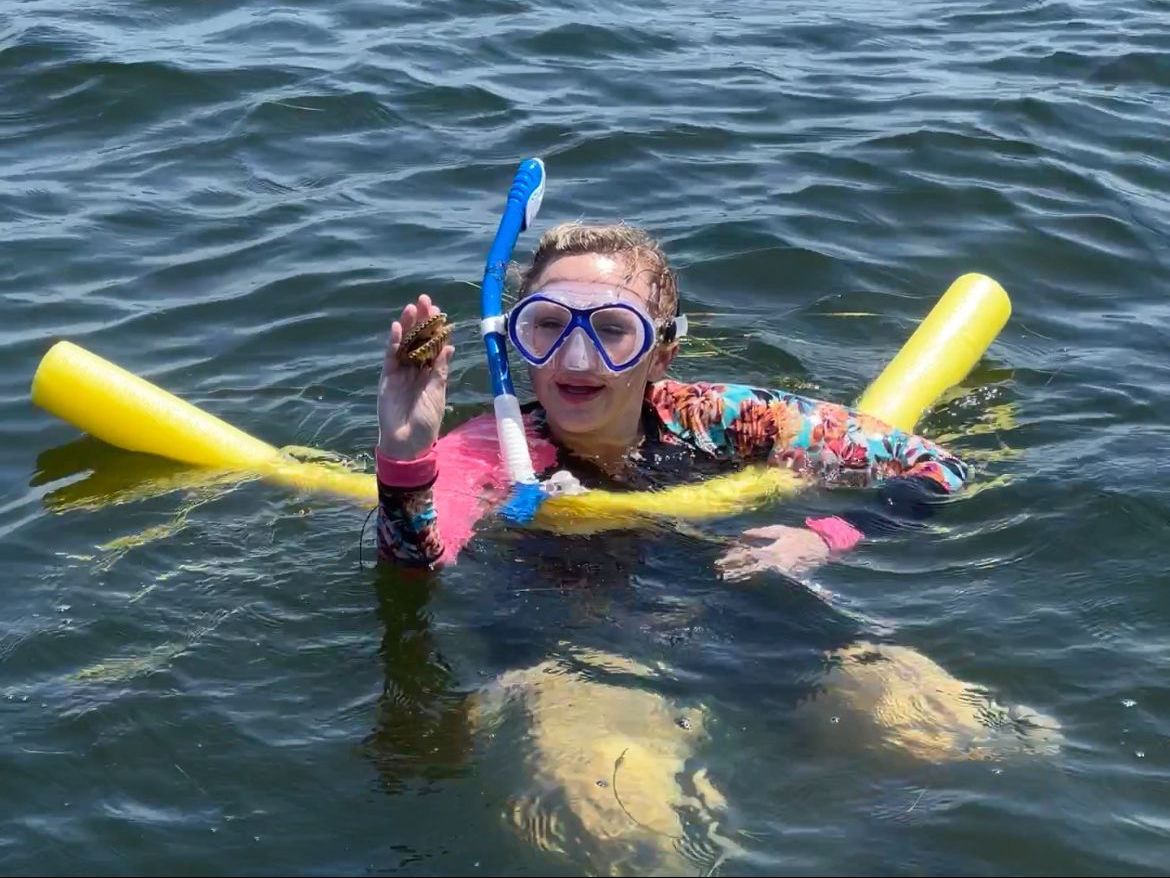
Preserving Memories and Ecosystems
Beyond the thrill of the hunt and the delicious reward that follows, scalloping in Crystal River offers a unique opportunity to connect with the marine environment and create lasting memories with loved ones. Whether you're floating along the gentle currents or admiring the vibrant marine life that will no doubt be scoping you out as a strange new guest, each moment spent scalloping is a reminder of the beauty and fragility of our oceans.
As you embark on your scalloping expedition, remember that the choices you make today directly impact the health of Crystal River's aquatic ecosystem for years to come. By adhering to catch limits, employing sustainable techniques, and fostering a sense of respect for the environment, you contribute to the preservation of this cherished tradition and the continued beauty of Crystal River's waters.
Scalloping in Crystal River, Florida, is more than just an adventure—it's a journey into the heart of nature's wonders. As the current season beckons, grab your snorkel gear, gather your loved ones, and set out to explore the underwater paradise that awaits. With a keen eye, a gentle touch, and a spirit of conservation, you'll not only harvest scallops but also cultivate a deeper appreciation for the delicate balance that sustains this aquatic haven. We hope to see you soon, and until we do. Happy scalloping! After your day scalloping on the grass beds of Crystal River you will have the main ingredient for one of the most sought after dishes in the region. Fried scallops. While scallops have been maligned as a difficult menu item to cook, the truth is far from it. this recipe is a tried and true way to prepare fresh scallops for nearly any pallet. Frankly it’s such a user friendly recipe you can use it with any fish or shellfish you bring home provided you adjust the cooking times slightly for larger or smaller selections.
Crispy Fried Scallops
Fried scallops are a delightful and indulgent treat that brings out the natural sweetness of these delectable shellfish. This recipe combines the tender succulence of scallops with a crispy, golden-brown coating that's sure to please your taste buds. Let's dive right into creating this mouthwatering dish!
Ingredients:
- 1 pound fresh scallops, patted dry
- 1 cup all-purpose flour
- 1 teaspoon paprika
- 1/2 teaspoon garlic powder
- 1/2 teaspoon onion powder
- 1/2 teaspoon salt (adjust to taste)
- 1/4 teaspoon black pepper
- 2 large eggs
- 1/4 cup milk
- Vegetable oil, for frying
- Lemon wedges, for serving
Instructions:
Prepare the Scallops:
- Ensure the scallops are patted dry with paper towels to remove excess moisture. This step is crucial for achieving a crispy exterior.
Preheat the Oil:
- In a deep skillet or frying pan, heat about 1 inch of vegetable oil over medium-high heat. The oil should reach a temperature of approximately 350°F (175°C).
Prepare the Breading Station:
- In a shallow bowl, combine the all-purpose flour, paprika, garlic powder, onion powder, salt, and black pepper. Mix well to create the breading mixture.
- In another shallow bowl, whisk together the eggs and milk to create an egg wash.
Coat the Scallops:
- Dip each scallop into the flour mixture, ensuring it's fully coated. Shake off any excess flour.
- Next, dip the floured scallop into the egg wash, allowing any excess to drip off.
- Return the scallop to the flour mixture and coat it once more, pressing the flour onto the scallop to create a good coating. Set aside on a plate.
Fry the Scallops:
- Carefully place the coated scallops into the preheated oil, ensuring they're not overcrowded. Fry for about 2-3 minutes on each side, or until they turn golden brown and crispy. The exact cooking time may vary depending on the size of the scallops. Use a slotted spoon to gently turn them over.
Drain and Serve:
- Once the scallops are beautifully golden and crispy, use the slotted spoon to transfer them to a plate lined with paper towels. This will help absorb any excess oil.
Garnish and Enjoy:
- Serve the crispy fried scallops immediately, accompanied by lemon wedges for a zesty burst of flavor. They're perfect as an appetizer or main dish.
Pro Tips:
- To ensure even cooking, it's best to fry scallops in small batches. Overcrowding the pan can lead to uneven frying and a less crispy texture.
- Use a kitchen thermometer to monitor the oil temperature. This helps maintain the desired level of crispiness and prevents the scallops from becoming greasy.
- For an extra layer of flavor, consider adding a pinch of your favorite herbs or spices to the flour mixture.
- Serve the fried scallops with a side of tartar sauce, cocktail sauce, or aioli for dipping.
With this crispy fried scallops recipe, you'll be able to enjoy the irresistible combination of tender scallops and a satisfying crunch. Whether you're hosting a special dinner or simply treating yourself to a gourmet meal at home, these golden bites are sure to impress.
Check out some of our other blog posts:
